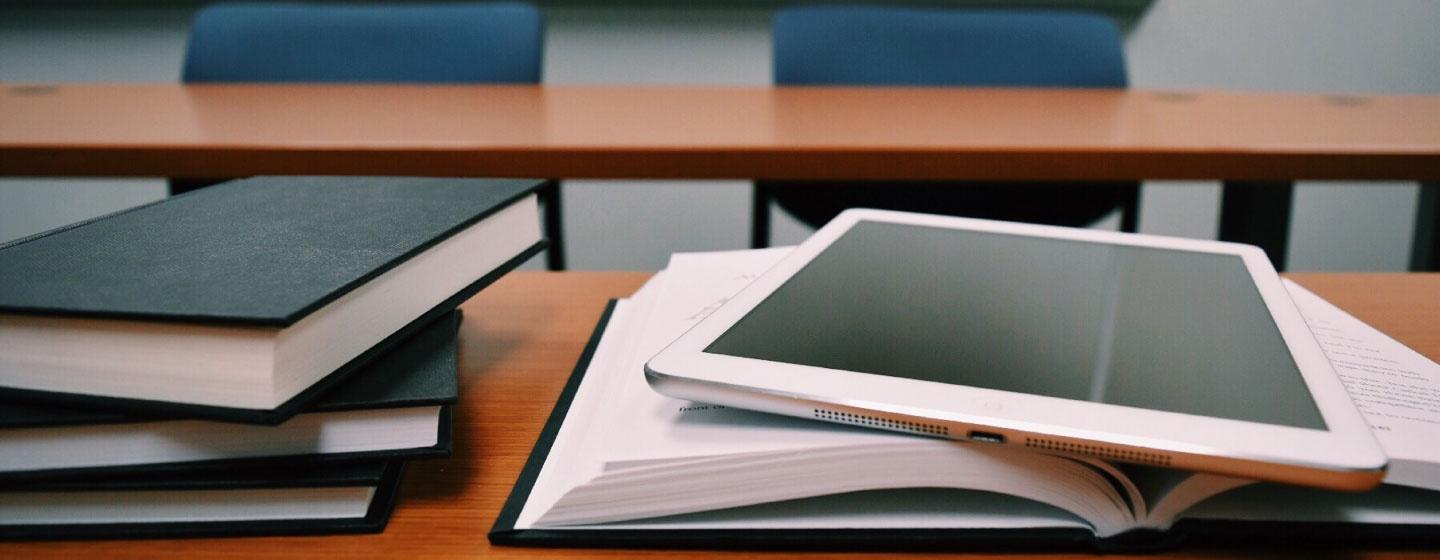The Times Union's education reporter Rachel Silberstein speaks to Andreas Schleicher, Director for Education and Skills at the Organization for Economic Co-operation and Development (OECD) in Paris. Mr. Schleicher is a recognized leader in the field of student assessment and is the founder of PISA (the Program for International Student Assessment), the global education ranking system.
Rachel Silberstein: Andreas, when it comes to global education, where does the U.S. stack up?
Andreas Schleicher: The U.S. is an average performer. It used to be at the top of education league tables, but now it's more in the middle of the pack. In mathematics, it's struggling. There are fairly large disparities in education. If you come from a wealthy home, you're actually doing fine. If you come from a disadvantaged background you see a quite significant performance drag, at least a lot more so than in many of the highest performing education systems.
RS: How prepared was the U.S. for this pandemic compared to other nations?
AS: The U.S. is struggling, as you can see that very clearly. In a way, the lack of an education system is showing its weaknesses at this moment. Like you contrast this with China. You know, within a month, they had 50 million young people learning online, and they had a teaching force that is not just not instructing students in classrooms, but that is used to working to design innovative learning environments that is used to integrate technology into classroom practice and where teachers have a lot of time to spend with students outside the classroom. And all of these elements have been traditionally missing in the American education systems. Teachers all have very little time to do other things than teach and compete with other nations. They have actually relatively limited exposure to technology and certainly to the integration of technology and pedagogy. So yeah, that's very hard to recuperate in a very compressed kind of time.
RS: How can technology be harnessed to meet student demands?
AS: I do think that technology holds very significant potential to make learning more relevant and more equitable because technology's very, very good in adapting to our individual preferences and learning styles. You know, when you solve a mathematics problem, the mathematics problem can study you and find out exactly you where you struggle.
You can vary the font size. You can vary the presentation of parts. There's a lot you can do in technology to adapt to the learner. You can vary the pace. You can make learning truly adaptive to preferences and learning styles. That's the potential if it's applied really well. And that's, I think, something that we lacked with the one-size-fits-all approaches that often dominate in our traditional school systems. But again, you know, don't underestimate the demands it puts on teachers. You really need extraordinary teachers to deploy technology well.
That's what we see around the world, where you have an amazing teaching force. Technology is just accelerating that progress, making, you know, the best teaching practices universally available and having, you know, every student benefit from excellent teaching.
But where teachers struggle with technology, it can be a distraction. You know, let's face it. Technology can make learning more superficial. It can make learning more prescriptive. You can almost get the opposite of what we are talking about with technology badly deployed.
When students just, you know, type on a tablet or a computer that's not, you know, deep learning. That's basically a very superficial acquisition of content. And I think that's a great risk as well. It's really about having very, very good design behind this and making the teaching profession part of the design of those solutions. This is not something just for tech companies. This is something that you really the education profession really needs to be at the heart of the design and development and implementation of those solutions moving forward.
RS: What can the U.S. do to prepare for a similar crisis in the future?
AS: I think countries can do work on a lot of fronts. The first thing is really to design and develop innovative technological solutions and to create shared platforms. We have a lot of localized solutions in school districts and individual schools, but actually different from the tech sector or elsewhere. You don't have many kinds of shared solutions that are open and accessible. I think that's the quick win. That's something I do think will not take a lot of time, not even a lot of money. The harder part is to give schools and teachers greater discretion, to actually become the innovators, the game changers, in this. The hardest part is to invest in professional capacity. I do think the United States has done a lot to make teaching, you know, financially more attractive, but it can do a lot more to make teaching intellectually more attractive. That means involving teachers more in advancing the profession, giving them better opportunities to learn from and with other teachers, giving them better resources to work. And I think it's this work organization and environment that will ultimately determine how attractive is teaching going to be in the United States? And that will shape, you know, whom are you going to get? And only if you get the very best people will you actually deploy the most innovative education solutions.
The Times Union is a New York NOW editorial partner.



